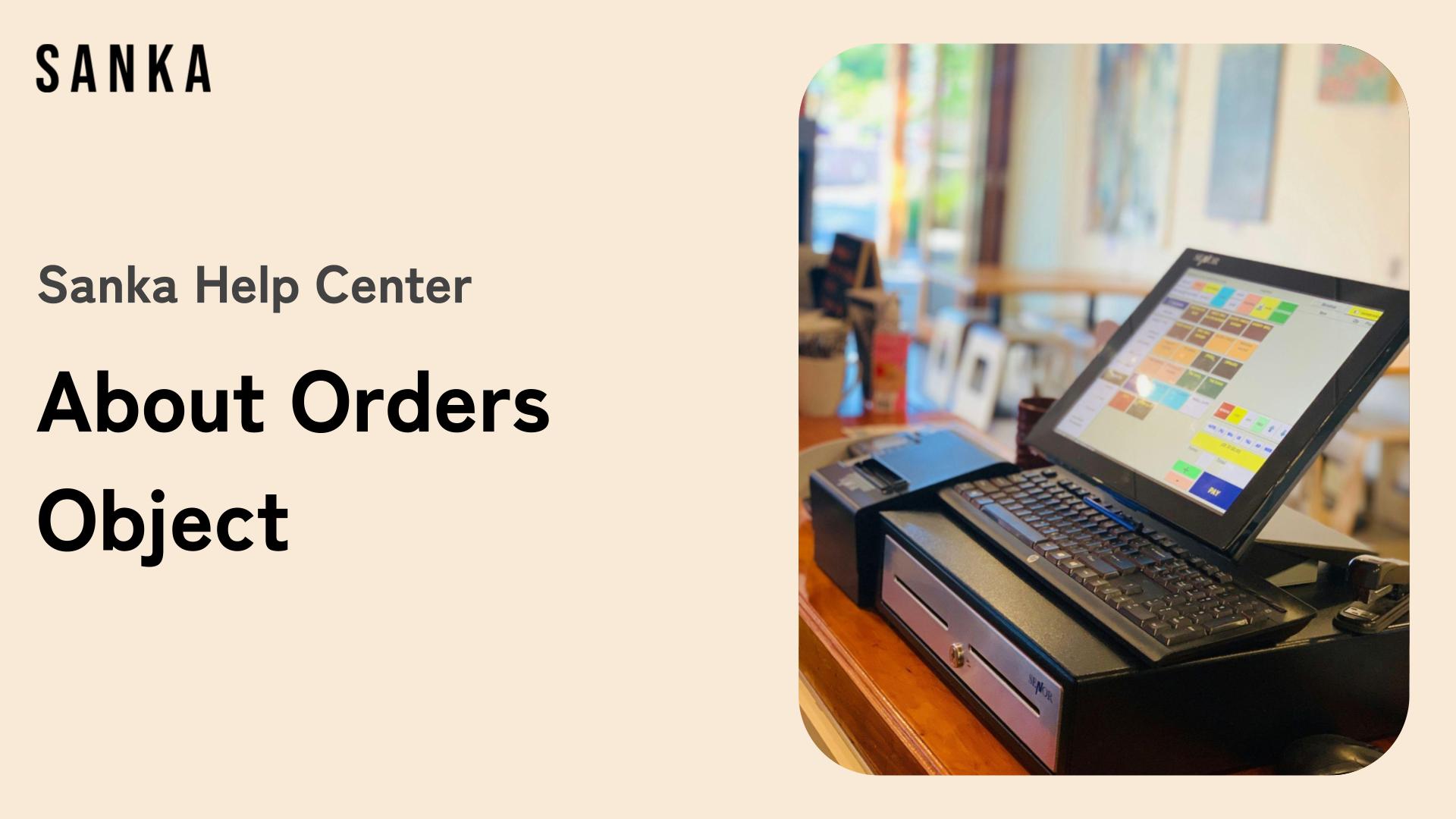What is the Orders Object
The "Orders" Object in Sanka is a key feature designed to streamline the management of sales orders, providing a centralized hub for tracking and processing customer transactions.
It serves as a repository where businesses can create, update, and monitor all order-related activities, ensuring a smooth workflow from the point of customer purchase to final delivery.
Description of the "Orders" Object
In Sanka, the Orders Object represents a structured record of customer purchases. Each order includes vital details such as:
- Order ID: A unique identifier for each transaction.
- Customer Information: The name, contact details, and relevant company information of the buyer.
- Items: A list of the products or services sold, complete with descriptions, quantities, and prices.
- Order Status: This tracks the stage of each order (e.g., processed, shipped, received, or cancelled).
- Billing and Shipping Information: Address details for discount, shipping cost, and tax for your orders.
- Order Date: The date the order was created.
Orders Management in Sanka is a powerful solution designed to help businesses handle the complete order lifecycle.
This includes creating, processing, and tracking orders, as well as managing related tasks like billing, invoicing, and delivery.
The system is built to integrate seamlessly with your existing operations, ensuring that you can manage everything from customer orders to recurring subscriptions, delivery notes, and financial documents.
The Use of the "Orders" Object
The Orders Object offers businesses several essential functionalities:
- Centralized Order Tracking: All orders are stored in a single, easily accessible location. Businesses can quickly find and review any order, minimizing errors and delays.
- Automated Workflow Integration: By integrating with other objects like Invoices, Inventory, and Shipping, the Orders Object helps automate the entire order-to-fulfillment process. For example, once an order is confirmed, it can automatically trigger the creation of an invoice and update inventory levels.
- Order Status Updates: Keep track of where an order is in its lifecycle—whether it's pending, in production, shipped, or completed. This feature ensures that both internal teams and customers are aware of progress at all times.
- Customer Communication: The Orders Object allows businesses to maintain clear and organized communication with customers. Any updates or changes to an order can be promptly reflected, reducing the risk of miscommunication or delays.
- Data-Driven Decision Making: The data collected within the Orders Object can be used for analytical purposes. Businesses can track trends such as order volume, popular items, and delivery times, helping them make more informed decisions regarding sales strategy, inventory management, and customer service.
Why is the "Orders" Object Important?
The Orders Object is vital for businesses for several reasons:
- Improves Efficiency: By having a centralized system that tracks orders, businesses can significantly reduce manual tasks and administrative overhead. The automation of various order-related processes leads to quicker turnaround times and fewer mistakes.
- Enhances Customer Satisfaction: Accurate and timely processing of orders ensures that customers receive their products or services as expected. Transparency in the order process also fosters trust and enhances the overall customer experience.
- Facilitates Better Order Management: The Orders Object provides a clear overview of all transactions, helping businesses stay organized. Whether managing hundreds of orders or just a few, Sanka ensures that every order is accounted for and properly managed.
- Supports Financial Management: With built-in integrations to invoices, payment records, and shipping information, the Orders Object aids in keeping financials aligned. Tracking order history helps businesses monitor revenue, outstanding payments, and financial performance with ease.
- Scalability: Whether your business is small or growing rapidly, the Orders Object scales seamlessly to handle increased transaction volumes without sacrificing accuracy or efficiency.
Conclusion
In summary, the Orders Object in Sanka is a critical tool for managing sales orders, from customer transactions to final delivery.
By leveraging the features and functionalities of this object, businesses can boost efficiency, improve customer satisfaction, and optimize order-related operations, making it an indispensable part of the Sanka platform.







